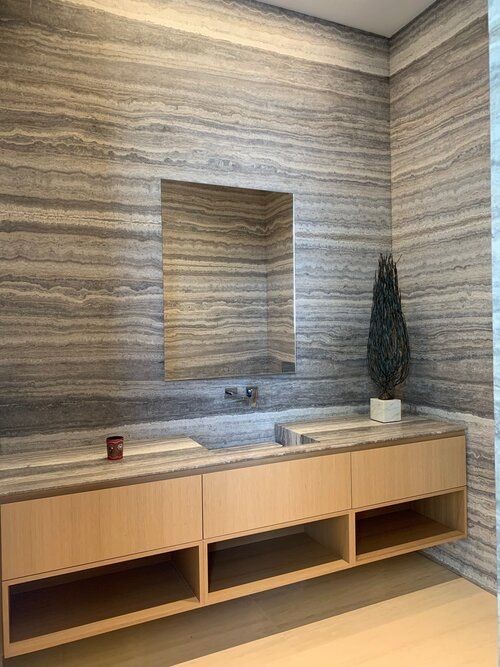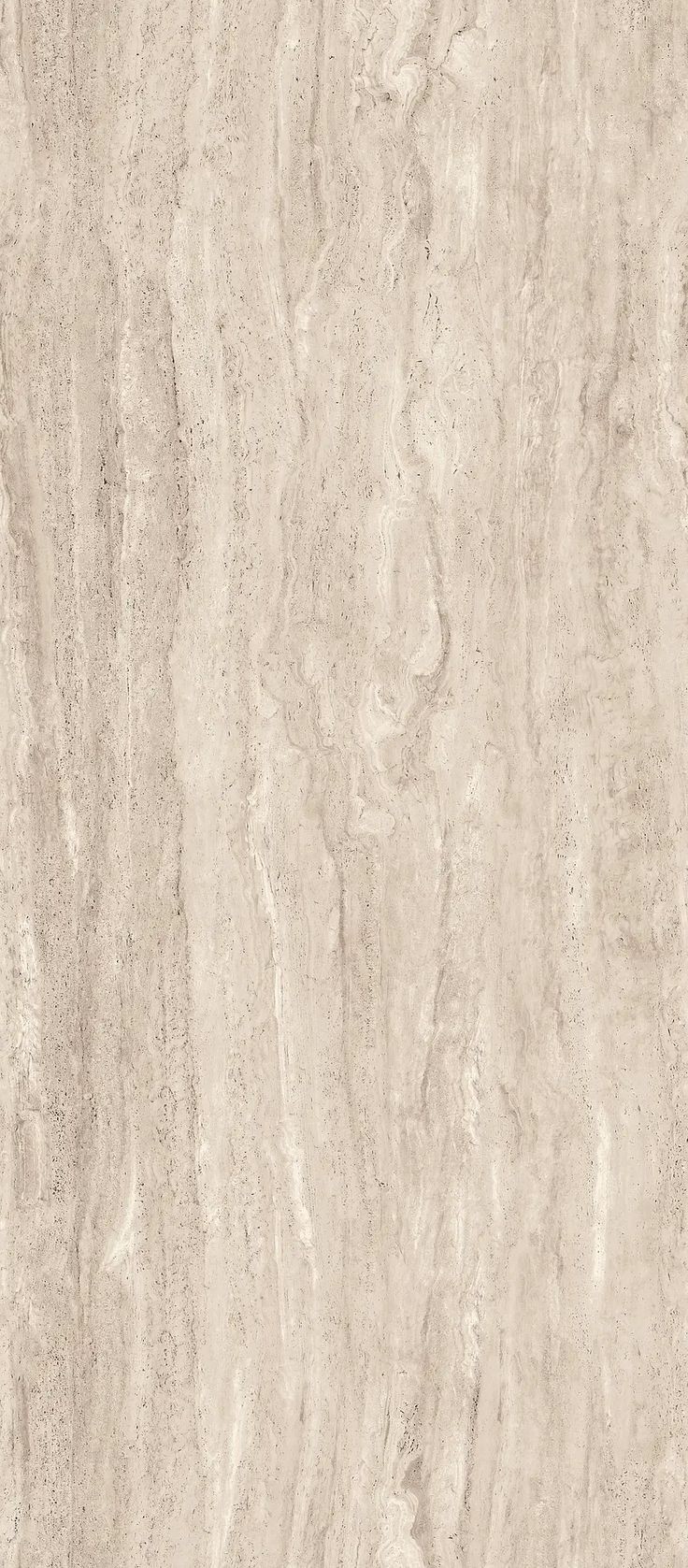Travertine Is A Sedimentary Rock Formed By The Deposits Of Minerals And Organic Materials (Mainly Calcium Carbonate, CaCO3). Water Passes Through And Dissolves Limestone, Picking Up Calcium Carbonate. Upon Raising the Temperature, The Water Releases Its Carbon Dioxide As A Gas And The Remaining Calcium Carbonate Recrystallizes. Biotic Material Such As Algae Then Becomes Encrusted With Calcium Carbonate, Creating The Hard Rock.
The Rock Generally Remains Very Porous, But Strong, it is An Ideal Building Material (Since It Can Absorb Grout Very Well). The Stone Cavities Are Filled During Processing With Cementitious Grout. Some Of The Most Popular Colors Are Ivory, Beige, Walnut Colors (Light, Medium, Dark), niche (Dark Brown), Silver, Gold, Red, Yellow And Pink.
The Same Block Of Travertine Can Make Two Different Patterns According To The Direction Of Cutting. The Result May Contain A Linear Pattern Of Slightly Darker And Lighter Colors, Named Vein Cut, Or It May Contain Cloud-Like Pattern Of Same Combination Of Colors, Named Cross Cut.
Travertine Has Been Used In The Construction Of Buildings Since The Roman Era; Colosseum Is A Sample Of Travertine Durability.






